The Nintendo Switch is a Success - Because of the Wii U
During a long forgotten time when the month of November associated itself with the year 2012, Nintendo released a video game console. Maybe you’ve heard of it, the Wii 2 was it? Yes, the Wii 2-er, Wii U has lived its life and has moved to a better place onto 14 Million hardcore Nintendo enthusiasts’ dusty shelves. It is 2019 and the console has only been retired for a couple of years, yet it somehow feels foreign, as if it barely happened. But I can assure you, it kinda did.
I played, and loved, my Wii U with the majority of its exclusive library, but let there be no mistake--it was an inarguable failure, being the lowest selling console in Nintendo’s lineup (excluding the non-existent Virtual Boy). However, the Wii U’s struggle was not in vain, and in my opinion will stand as one of Nintendo’s most important eras going forward. I’ve been wanting to discuss this for a while, and there has never been a better time as Reggie Fils-Aimé, the retired president of Nintendo America, recently held a public lecture at Cornell University where he called the Wii U a “failure forward” into the Switch. This here is what I have wanted to talk about for a long time, the Nintendo Switch that we all know and love has been a success, and it would simply not exist without the failure of the Wii U.
Wii Too
With everything that caused that Wii U to fail, it is clear that Nintendo took each problem as an opportunity to learn. The core reasons that the Wii U never had the chance to succeed were poor marketing, misunderstanding the market, a gimmick that people did not care about, and games that didn’t incite new fans. Simply put, “Wii U” was a terrible name and Nintendo assumed that the buckets of casuals that flocked to the Wii would be picking up its successor.
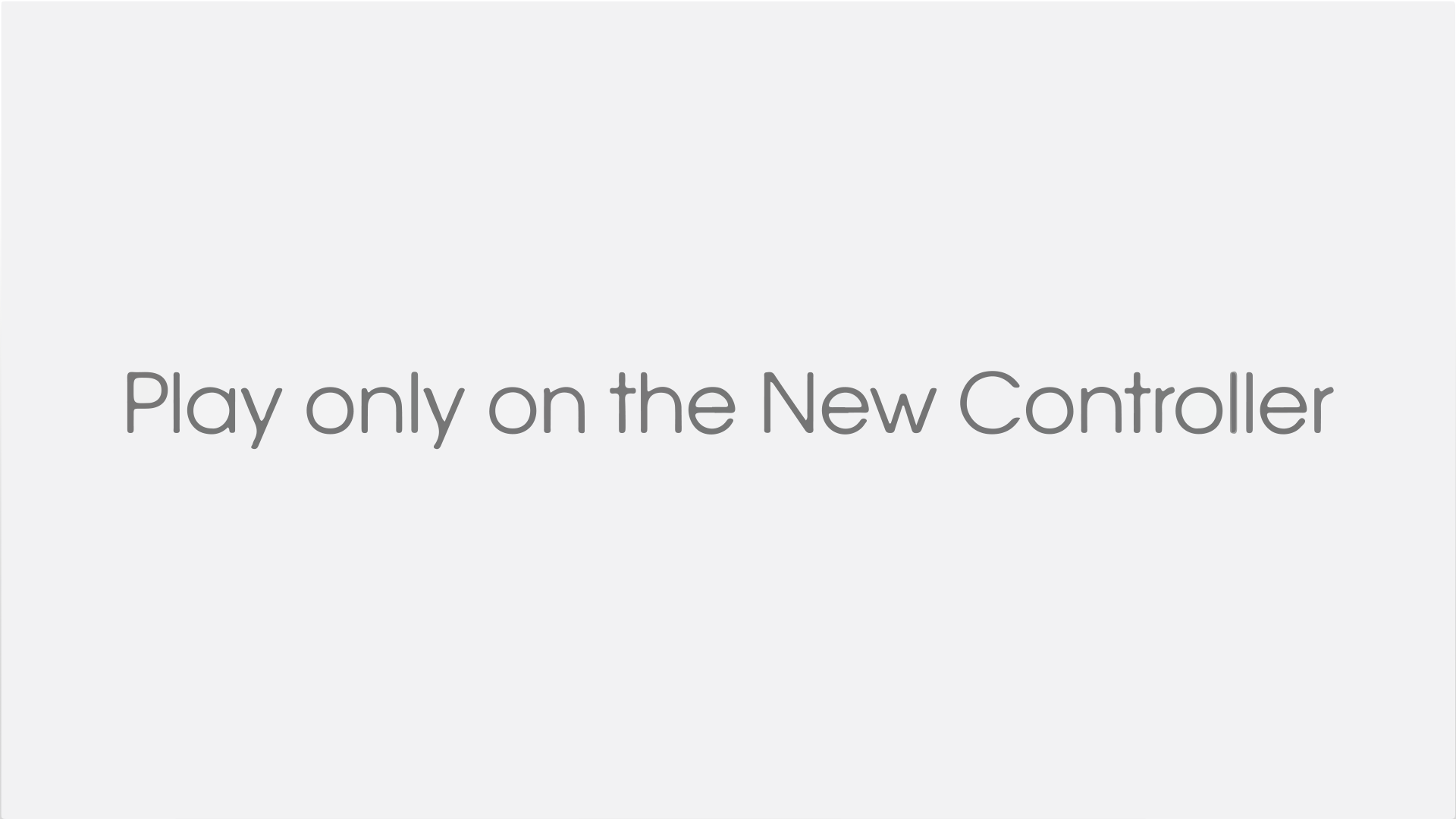
Nintendo
Such a stellar, hype-fueled reveal
It cannot be said enough how much it comes down to that name. With the initial reveal, Nintendo kept referring to the “new controller” and emphasized the Gamepad. That was foolish. They should have put the new console front and center alongside the controller (and perhaps designed a box that didn’t look like a slightly rounder Wii), that was the first mistake. Even Nintendo enthusiasts were confused at first, it was inevitable that nobody would understand that “U” is Nintendo language for “2.”
If the second half of the name wasn’t bad enough, the insistence on maintaining the Wii brand meant the target market would keep trending towards non-gamers and casuals. While it was already a near impossible feat to convince this demographic to pick up a new console, it did not help that the six years since the Wii launch contained the rise of smartphones. By 2012, mobile gaming was dominating the market that the Wii was lucky to catch. It was evidently not a market available to Nintendo anymore, yet the Wii U continued to push kids and families in commercials and release Wii series games.
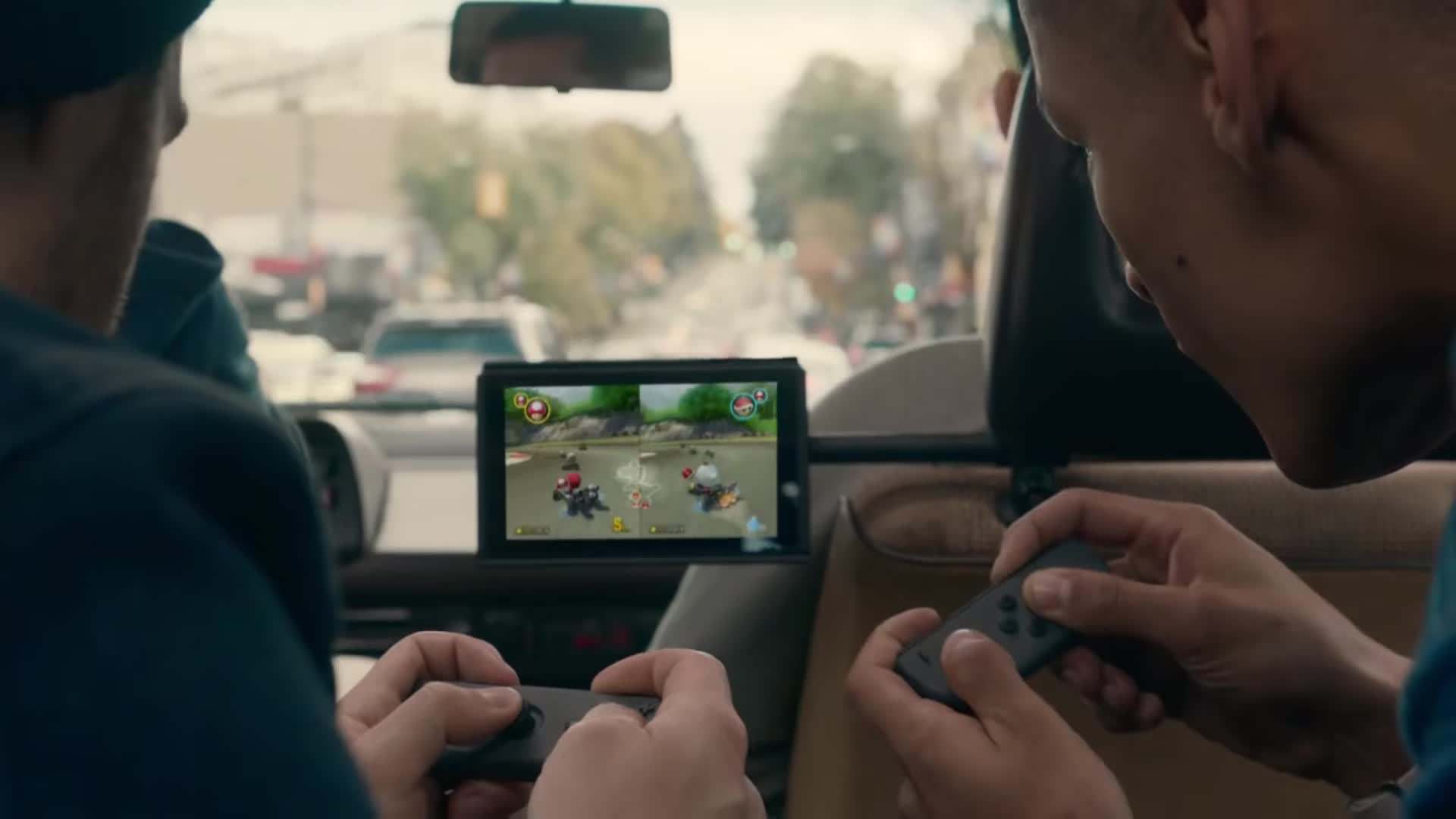
Nintendo
Look, Mario Kart in a car!
How exactly does this translates to the Switch? I believe this caused the largest transformation within the company. That transformation was clear the moment the Nintendo Switch was unveiled. The trailer was precise, upbeat, and showed modern games with a gimmick that was uniquely desirable. It has recently been three years since that day--the day that Nintendo’s outward presentation became relevant again.
Gamepad? More like Gamefad!
As I’ve stated before, I really liked the Wii U and enjoyed it for what it was. Moving the dual screen experience of the DS line onto a TV was a solid idea, and in practice made for some of the most unique, yet still traditional, games out there. Uses like having the inventory and map always available proved that the Gamepad was at least useful, but when developers made use of it beyond the basics, it became hit or miss. For instance, Star Fox Zero was simply innovative, yet many found it confusing or downright frustrating. Ideas like it were surprisingly fun, but the controversial nature made it clear that dual screens were not going to become a mainstay for consoles.
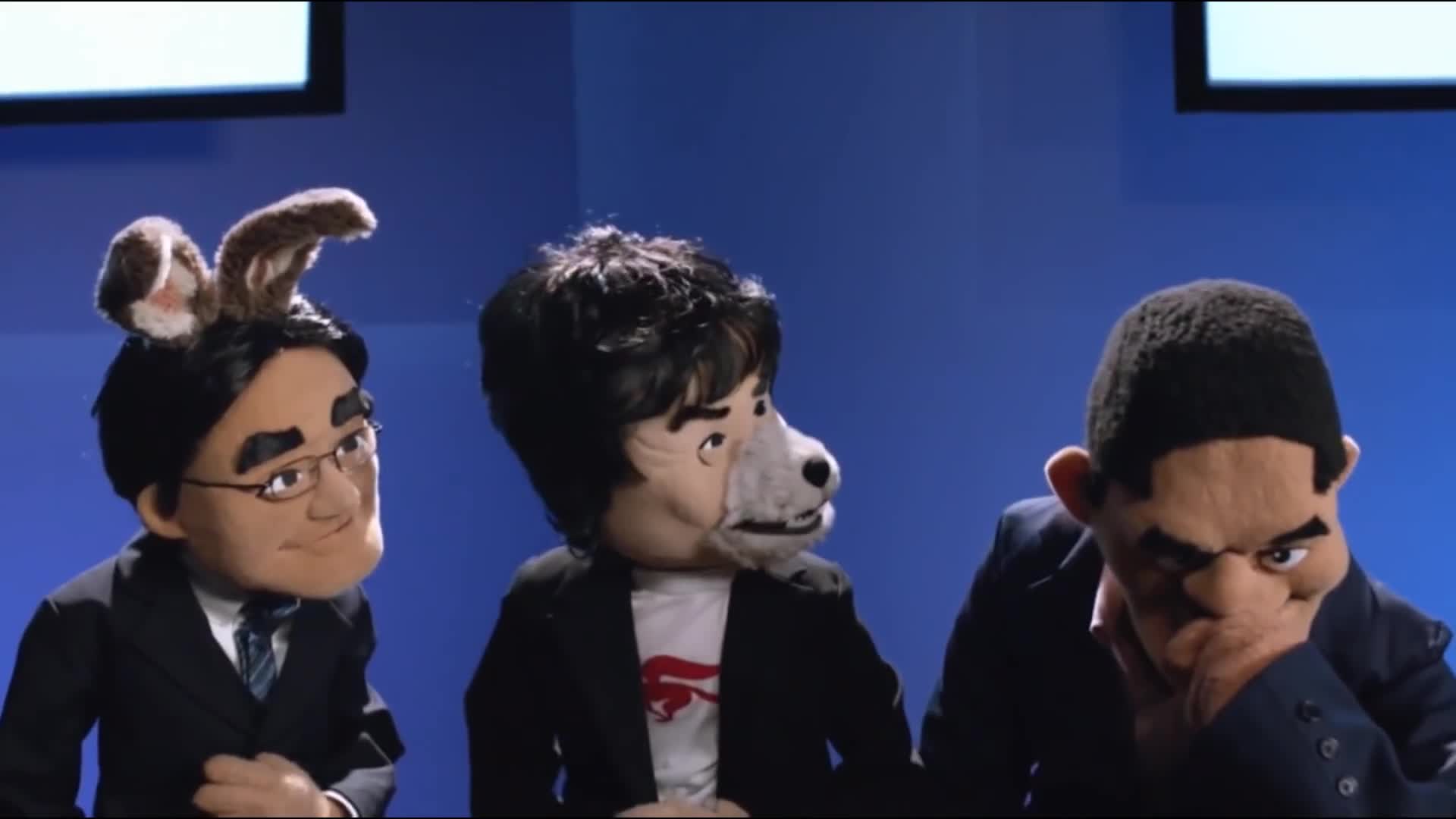
Nintendo
Wii U was a simpler time when ten minutes of puppets were needed to reveal one mediocre game
The other primary use of the gamepad was the ability to play games without a TV. In fact, most Wii U games deployed this feature and it was extremely useful to be able to play big consoles games on a handheld while the TV is being used. Fundamentally, this was the Nintendo Switch before the Nintendo Switch. A big part of my sentiment that the ‘Switch couldn’t exist without the Wii U’ comes down to the technology not being ready at the time of the Wii U’s creation, and Nintendo needed that generation gap to be able to merge the handheld and console markets. With the company splitting releases between the home and the handheld practically since the beginning, it was inevitable that the markets would collide and bring forth a console that all of Nintendo’s teams focused on. This required mobile technology to at least catch up to their latest home console to be able to make the jump without taking steps backwards for their biggest games.
Games
The Switch has had a pretty tremendous library of games in its first few years, right? Yes, it is also thanks to the Wii U. There’s too many games that lent their hand into the Switch’s early library, so I will focus on the biggest ones, along with the more obscure.
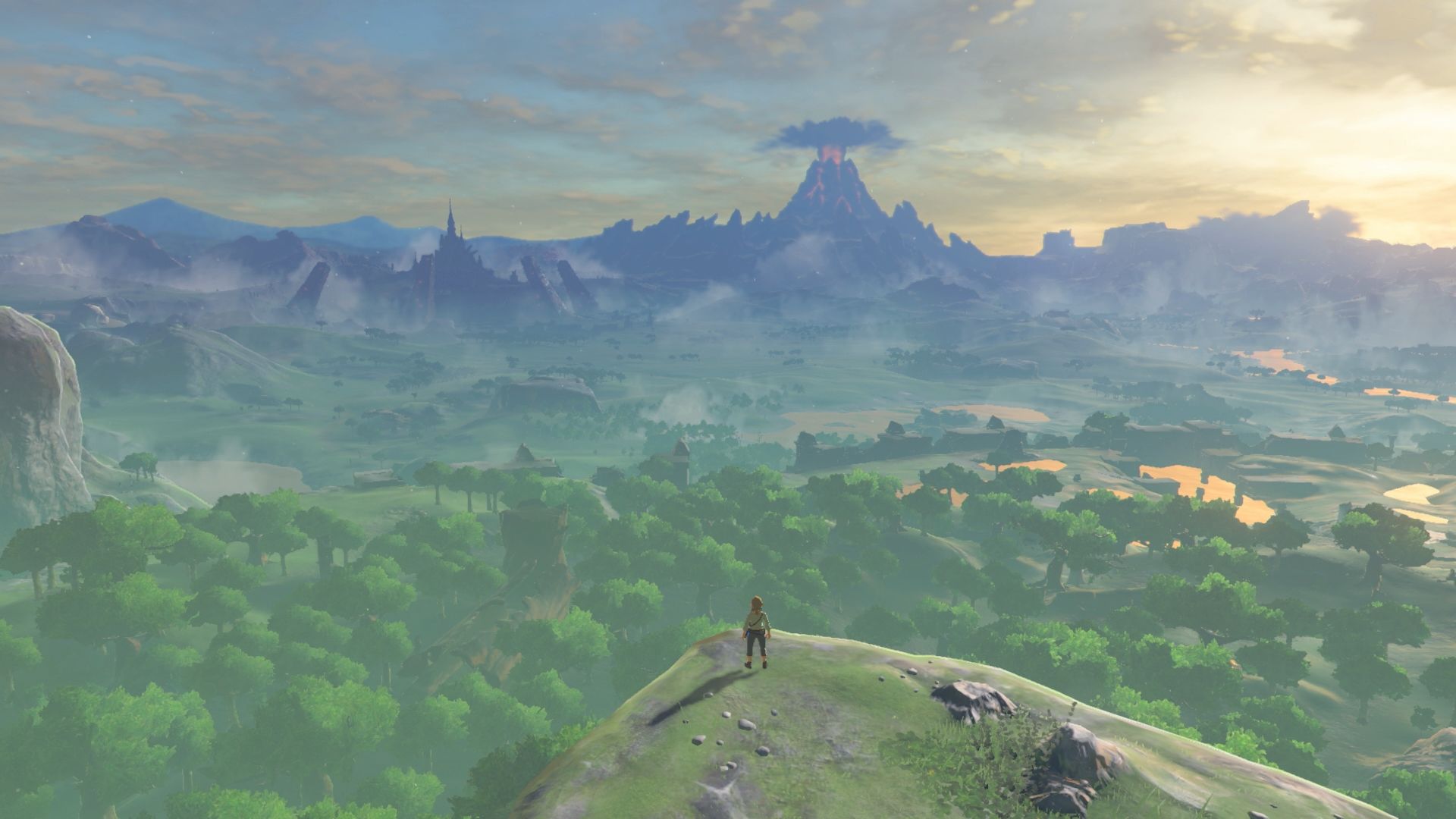
Nintendo
What a game.
Right out of the gate, The Legend of Zelda: Breath of the Wild. No good list of games is complete without everyone’s favorite blue elf guy. That’s right, the Wii U’s big Zelda game that we had known about since the early days of its life was much more than a Wii U game. Simply put, the Wii U era gave Link’s world extra time to bake to become the masterpiece that it is, and to be available as a launch title for the Switch. Having arguably the best launch title of all time put Nintendo into an immediately good position. The game was so incredibly popular that more copies of Breath of the Wild for Switch had sold than the Switch itself near release. It was a guaranteed success, and if it weren’t for the buffer time of the Wii U, the Switch wouldn’t have received such an insane kickstart.
Splatoon, the Wii U’s hidden gem. As I’ve explained in the past, if there was anything worth going through the Wii U time for, it was Splatoon. Being a new IP, the game was developed in a state that had obvious shortcomings that could be improved upon. This meant that Nintendo established an IP on a platform that few people would be exposed to, leading to its sequel being an overall more refined experience that people would get for the first time. Thus, the genius of Splatoon 2 graced the Switch thanks to--you guessed it--the Wii U! The same sequel success also affected others such as Mario Maker 2.
Now for some fighting games. While Mario Tennis Aces and Super Smash Bros. Ultimate are far from ports, their groundwork was laid on Wii U, enabling them to release earlier on the Switch. Mario Tennis: Ultra Smash was a terrible late Wii U release that was nothing more than a stale cash grab. But a few years later, we saw what seemed to be the same assets with a load of content and quality packed on with Mario Tennis Aces. Smash, on the other hand, introduced a bunch of new ideas in the first HD outing of the series in Smash 4. This was much less of a Wii U influence than some of the others, but Smash 4 introduced a ton of content to the series that meant that Ultimate, with its “Everyone is Here” mentality, would be an insanely content-packed new game for players who haven’t brawled with Smash since Brawl or earlier.
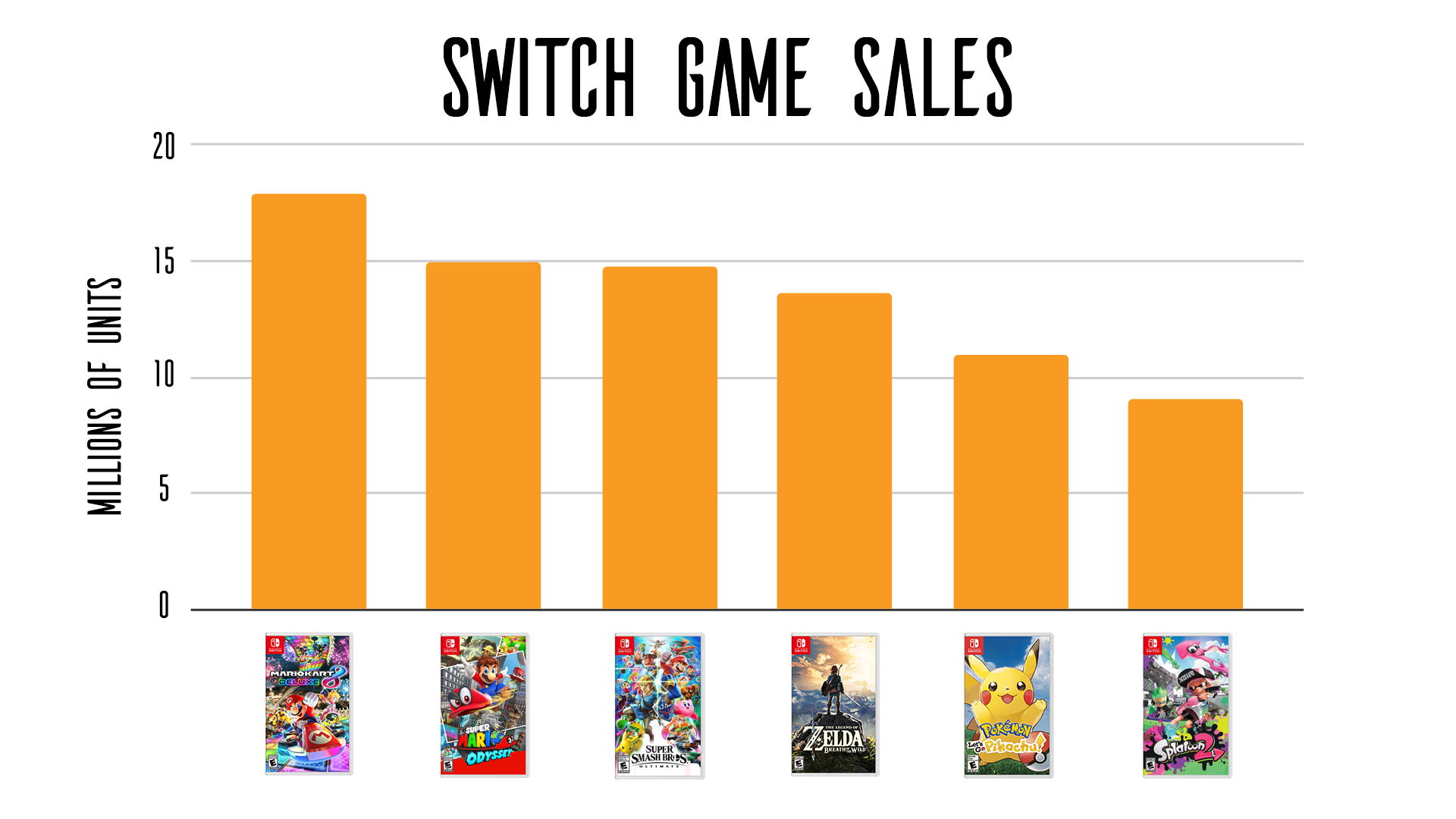
Nintendo
Best selling Nintendo Switch games - 2019
Speaking of plumbers, the largest of all the early Wii U ports on the Switch was Mario Kart 8 Deluxe. There have been a lot of Wii U ports that act as new games for most Switch owners, and these have made up the largest influence of the Wii U library supporting the Switch. The Wii U had an underrated library with some outstanding titles, and thus bringing these already developed titles onto the Switch is a supreme way to fill the library with quality. I mention Mario Kart specifically because it will likely stand tall as the best selling Switch game even at the bitter end. Most people haven’t stepped into one of Mario’s karts since the Wii release, making 8 a very impressive karting game that was available near launch.
These games, and others, enabled the first few years of the Switch to be absolutely packed with both quality and quantity, especially for gamers who avoided the Wii U. Games are easily the most important pillar of a console, and thus the Wii U kindly gave success to the Switch even from the grave.
Failure into Success
The Wii U was a considerable failure, but where Nintendo dropped the ball was an opportunity for them to evaluate their poor decisions and learn. It could not be any more apparent how much they took the failure to heart and made the opposite choices with the Switch. With this, the Wii U has left a lasting legacy, ushering Nintendo into what was a nearly guaranteed success with the Nintendo Switch that would not have been possible without it. Regardless of opinions on the console, its games, or Nintendo’s decisions during the era, the Wii U must be appreciated for this, and how well it transformed Nintendo’s outward appearance so radically.
And hey, if the Wii U wasn’t the Wii U, we wouldn’t have Mini Mario & Friends: amiibo Challenge, and is that really a world you would want to live in?

Comments